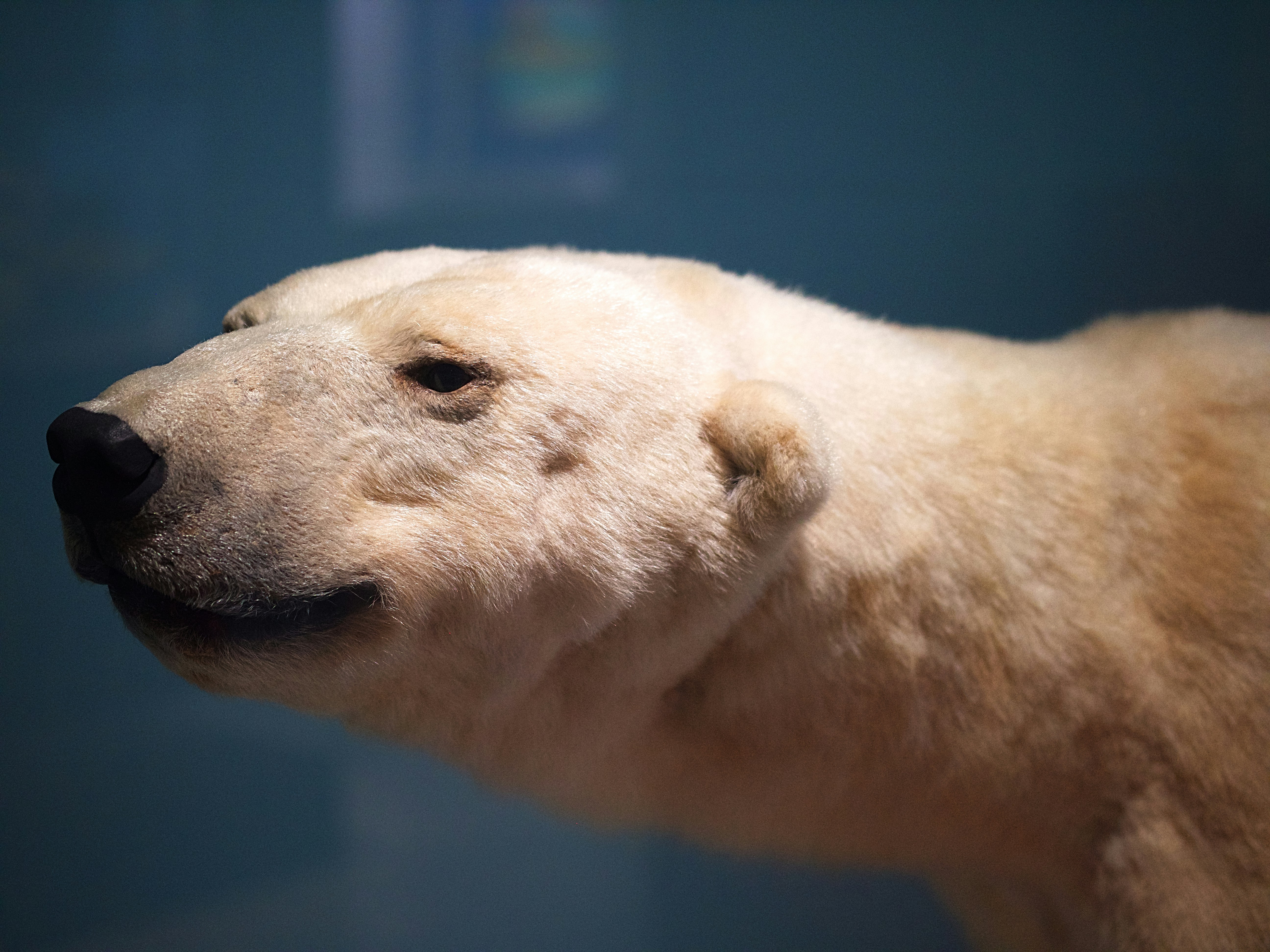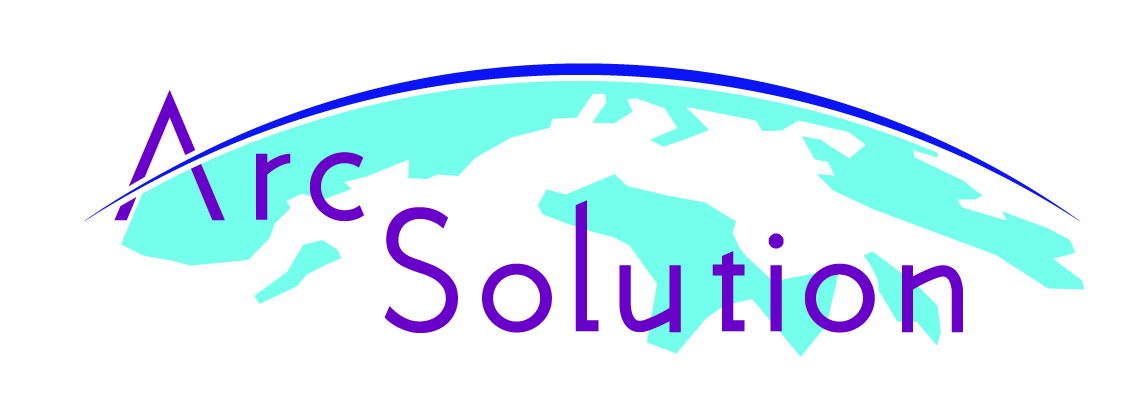The Arctic may seem remote and empty, but it is vital for the health of our planet. Professor Christian Sonne is a wildlife veterinarian and toxicologist who advocates for a One Health approach. He sees the Arctic as a thermometer and mirror for global health. In an interview, Sonne explained his work, which brings together ecology, health, and climate science to address a “quadruple planetary crisis”—which includes biodiversity loss, climate change, pollution, and diseases that spread from animals to humans.
Sonne explains that the Arctic functions as a global thermometer, reflecting the impacts of pollution and climate change worldwide. It acts as a “sink” for harmful industrial substances and mercury that travel across the planet through air and ocean currents. Pollution from southern latitude industrial areas can affect even the most isolated ecosystems. Chemicals such as persistent organic pollutants (POPs)—substances that remain in the environment and accumulate in living organisms—and mercury settle in the Arctic and build up within the food chain. These pollutants reach their highest concentrations in top predators like polar bears and killer whales.
“Everything is connected,” Sonne emphasises. “When pollutants are released in one area, they don’t stay there. They move to the Arctic, where they accumulate, affecting wildlife and the people who rely on them for food.” He explains that this accumulation, or biomagnification, means that pollutant levels can increase hundreds and millions of times as you move up the food chain. “These pollutants amplify at each level of the food web. What starts as a small amount in seawater can increase by millions of times in the bodies of humans at the top,” he notes.

About Christian Sonne:
- Sonne is a Professor at the Department of Ecoscience at Aarhus University, Denmark
- He studied veterinary, wildlife ecotoxicology and zoological medicine.
- He specialises in the One Health and Planetary Health fields, which include biological effects from exposure to environmental chemicals, diseases, and climate change.
- He works in the interface of predatory mammals, raptorial and sea birds, fish and Humans, focusing on immunity and endocrine disruption.
Polar Bears: The Arctic's Sentinels
Polar bears are an important focus for Sonne’s research because they help us understand the health of the Arctic. In the early 2000s, Sonne and his team noticed an unexpected increase in pollutants in polar bears from East Greenland. They found that polar bears were forced to change their diet because of climate change, which was shrinking sea ice. Instead of eating ringed seals, they started eating hooded seals, which are higher on the food chain and more contaminated with toxins.
“Think of it like a supermarket,” Sonne says. “If you usually eat apples and suddenly switch to red meat, your exposure to certain substances will increase. That’s what happened to the polar bears. By eating hooded seals, they were consuming prey with much higher levels of pollutants.”
This change in diet affected not just the bears but also the Inuit communities that depend on marine mammals for food. “The health of polar bears is directly linked to the health of the people who eat them,” Sonne explains. The problems facing polar bears illustrate how climate change and pollution are connected, showing how changes in one species can impact the entire ecosystem.

The One Health Approach
Professor Christian Sonne’s work focuses on the One Health framework. This approach connects human, animal, and environmental health. Sonne believes that these areas are linked and can’t be separated. “When we study pollution in polar bears, we also study its impacts on people. When we track zoonotic diseases in Arctic wildlife, we’re looking at risks for the human populations who share the environment,” he says. This connection means that solving health problems in one area affects the others, making the Arctic important for understanding global health.
Warming temperatures are disrupting Arctic ecosystems and changing how species behave, where they live, and their migration patterns. Because of climate change, new species are moving north, bringing pathogens and pollution to local wildlife and humans that they have never faced. These pathogens can spread through direct contact or by eating contaminated food, increasing the risk of infectious and serious health risks for people.
Sonne emphasises that zoonotic diseases are a significant concern. These infections can pass from animals to humans and from humans to animals. They can spread through physical contact, eating contaminated food or drinking water, or being bitten by insects. “Emerging zoonotic diseases are a growing threat in the Arctic,” he warns. The melting permafrost releases long-dormant microorganisms and creates environments that help infectious agents survive and spread. Once trapped in ice for centuries or millennia, these ancient pathogens can infect wildlife and humans.
Pollutants make the situation worse. Toxic substances like mercury and persistent organic pollutants, including PCBs and PFAS, build up in Arctic food chains, weakening the immune systems of animals and people. “The combination of pollutants, climate change, and biodiversity loss creates a perfect storm for zoonotic spillover,” Sonne explains. The impacts of such spillovers can be severe, as shown by the global COVID-19 pandemic, which revealed the dangers of diseases jumping from animals to humans. “The Arctic could very well be the epicentre of the next pandemic,” Sonne warns, highlighting the need to monitor and reduce these risks.
The One Health approach in the Arctic also involves working with Indigenous communities significantly affected by these changes. Their traditional diets, which include marine mammals, put them at risk of pollution and disease. “Inuit knowledge is invaluable,” Sonne says. “Their observations and traditions provide insights that complement scientific research. We can only address health risks together while respecting their and mine/our cultural heritage.”
The risks are significant. Climate change is happening quickly in the Arctic, increasing threats to ecosystems and human populations. However, Sonne believes that the One Health framework can help. It allows researchers to understand and minimise risks before they become serious problems. “By addressing these challenges together—pollution, climate change, and disease—we can create solutions that benefit all aspects of health: human, animal, and environmental,” he concludes.
Learn more
A Vision for the Future
Sonne hopes the ArcSolution project can show how to combine health and environmental management. As the leader of Work Package 4 (WP4) in the ArcSolution project, Sonne leads investigations into how pollutants affect ecosystems, health, biodiversity, and people’s well-being in the Arctic.
WP4 studies how pollutants like heavy metals, chemicals, and microplastics affect Arctic ecosystems in a multiple-stressor context. Sonne’s team will track how these pollutants move through food webs and evaluate the risks they pose to animals and humans. They will also examine how microbiomes, communities of microorganisms like fungi, bacteria, and viruses, influence ecosystems and human health.
WP4 will also investigate how bacteria and viruses transfer between wildlife and humans, helping to understand the risks of diseases in Arctic communities. By addressing knowledge gaps about how pollutants impact Arctic biodiversity and human populations, The ArcSolution project will provide science-based recommendations to protect the environment and the health of Arctic residents.
Sonne reminds us that the Arctic is not just a remote wilderness but an essential part of our global ecosystem. The lessons learned from the ArcSolution project could help create a healthier, more sustainable future for the Arctic and the world.

